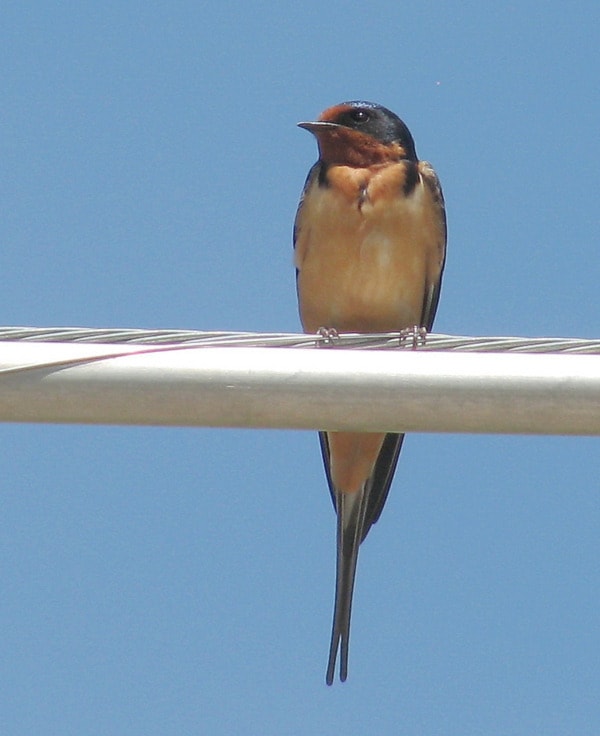An extremely important and very interesting report was recently released documenting the status of birds in Canada. This report summarizes what we know (and how we know it) about population trends of the hundreds of species of birds that make Canada home at least part of the year.
In a country as large and ecologically diverse as Canada, it is not easy keeping track of bird populations, especially since some spend a significant amount of their time either in the Arctic areas, at sea or in the great Boreal forest — all areas relatively unknown to most Canadians. Nevertheless, between the purely scientific studies carried out by researchers and the citizen-science of the thousands of bird-watchers in the country, a fairly comprehensive picture of the trends in bird populations since about 1970 is now available.
So why do we care? Well, like the proverbial canary in the coal mine, the state of our birds tells us about the state of our overall environment — healthy bird populations imply a healthy world. Bird watching and waterfowl hunting are both important economic activities, entailing billions of dollars’ worth of spending and generating hundreds of thousands of jobs. And birds provide immeasurable economic and ecological benefits to farmers in particular and society in general by controlling insect and rodent populations. Finally, but not least, birds provide joy to millions of people every day in ways as simple as watching them at a feeder on their apartment balcony.
And the state of our birds is? Let’s just quote the report: “… increasing human populations in Canada and elsewhere are putting pressures on bird populations that may exceed their ability to cope.” That’s the scientists’ polite way of saying many of our birds are in big trouble.
For the species for which we have sufficient data to make an observation, 44 per cent have declined in population numbers, 33 per cent have increased and 23 per cent have shown little change one way or the other.
Aerial insectivores (birds such as swallows that eat flying bugs) have suffered the largest declines of any bird group, with some formerly common species such as barn swallows now less than one-quarter of their 1970 population. Put another way, for every 100 barn swallows in Canada in 1970 there are now only about 25. What a sad commentary on our stewardship of the land!
Another broad group of birds in serious trouble are the grassland birds, especially those of the Prairies. Since 1970, these birds on average have declined by 40 per cent, and we think the historical decline is substantially larger since much Prairie grassland was plowed under prior to 1970.
The greater sage-grouse is an example of what has been happening. In 1996, there were still an estimated 775 of these birds in Canada (Saskatchewan and Alberta). This spring it is estimated there are fewer than 100 birds left. At one time, a sub-species of the greater sage-grouse was even found in the Okanagan Valley. Unfortunately this is only one example of what is happening to grassland birds across the country.
One of the bright spots in Canada’s bird kingdom is waterfowl, thanks in large part to the efforts of Ducks Unlimited Canada. For almost 75 years, this organization, together with a number of government and non-government groups, has been fighting to reverse the destruction of wetlands across the Prairies and elsewhere in Canada, including here in our valley.
Even though much of the impetus for saving the wetlands was to increase the number of waterfowl available for hunting, the overall effect has been to increase the total number of waterfowl in North America, and coincidentally save much habitat valuable to many other species of birds as well. Waterfowl account for a large percentage of the 33 per cent of our bird species that have increased.
This first-of-its-kind report for Canada was published by Environment Canada on behalf of North American Bird Conservation Initiative Canada. You can read the entire report on the internet at: www.stateofcanadasbirds.org. It is well worth looking at.
Bob Handfield is vice-president of the South Okanagan Naturalists’ Club but the views expressed here are his own and not necessarily those of the club.
